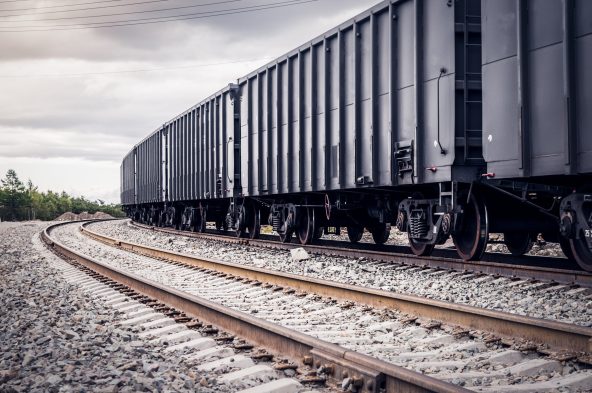EU and US Drive Forward with Major Rail Freight Initiatives
EU Approves €1.7bn German State Aid to Boost Rail Freight
The European Commission (EC) has greenlit a €1.7 billion German state aid scheme to support rail freight operators, aiming to shift more cargo from road to rail and promote greener transportation methods. This initiative will subsidize the high operating costs faced by rail operators handling single and group wagon transport, which often struggle with economic viability due to their complex and less scalable nature.
Read also: Freight Train Derailment Sparks Fire Near US-Mexico Border
Single wagon load transport involves bundling individual or small groups of wagons from different consignors into one train, while group wagon transport maintains the same composition from origin to destination. Both methods face high costs due to switching, shunting, and lack of economies of scale. The EC emphasized that this state aid is environmentally beneficial and will not negatively impact competition and trade within the EU, as it merely aims to level the playing field between rail and road freight transport.
The approved financial aid will be dispensed as direct grants, with a maximum of €320 million annually, totaling €1.7 billion over five years.
US Intermodal Rail Transport Gains Momentum
In the US, intermodal rail transport from West Coast ports has been gaining significant traction. Rail operators BNSF and Union Pacific report increased volumes, partly due to the successful ‘Quantum intermodal service’ launched by BNSF and trucking company JB Hunt. This service, which began in November, targets highway freight that has traditionally never been transported by rail, aiming to convert it to rail transport.
Darren Field, JB Hunt’s intermodal president, highlighted the success of this initiative at an investor conference, noting the positive reception and long-term growth potential for the intermodal business through the Quantum product.
Rising transloading activities have also bolstered optimism about the future of intermodal transport in the US. This optimism is reflected in BNSF’s $1.5 billion Barstow International Gateway project proposal. This 4,500-acre complex will feature a block-swap yard, support yard, warehouses, and transload centers, facilitating the transfer of goods from international containers to domestic ones for eastbound rail transport. The project, which aims to reduce congestion at Los Angeles and Long Beach ports and eliminate the need for an 80-mile drayage to Southern California intermodal terminals, is expected to begin the permitting process by late 2027.
These initiatives in both the EU and US mark significant steps towards enhancing rail freight infrastructure and capacity, aiming to create more efficient, sustainable, and competitive logistics networks.





Leave a Reply